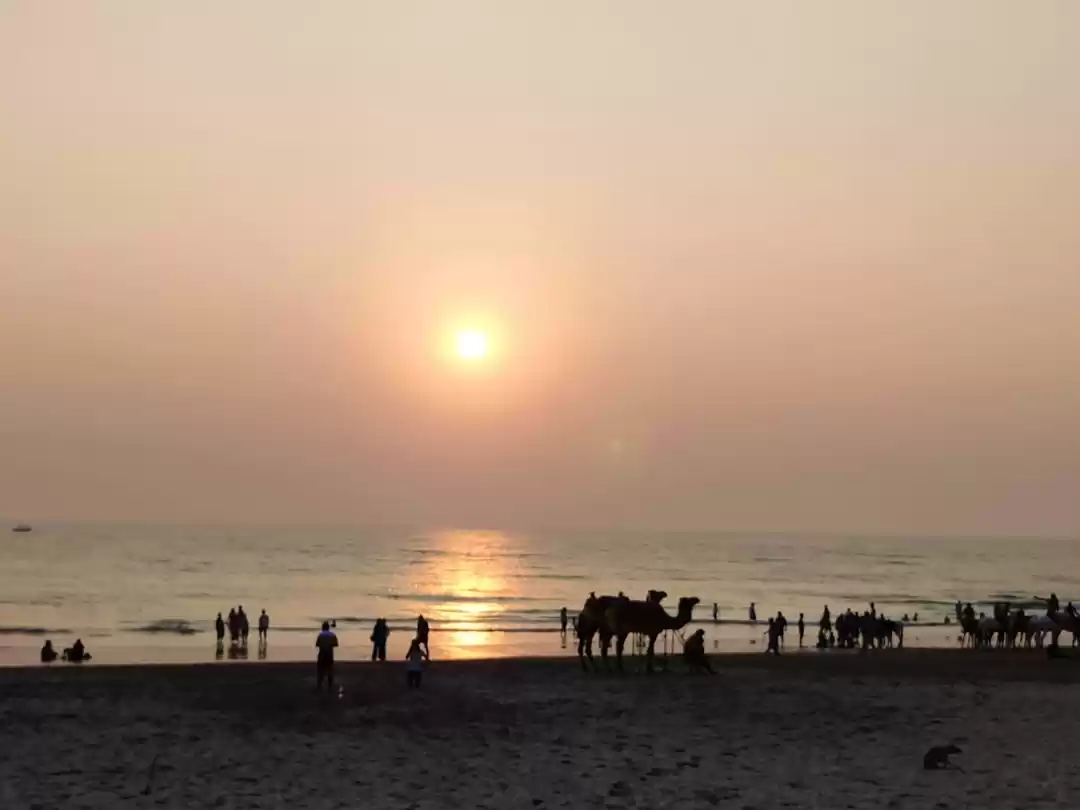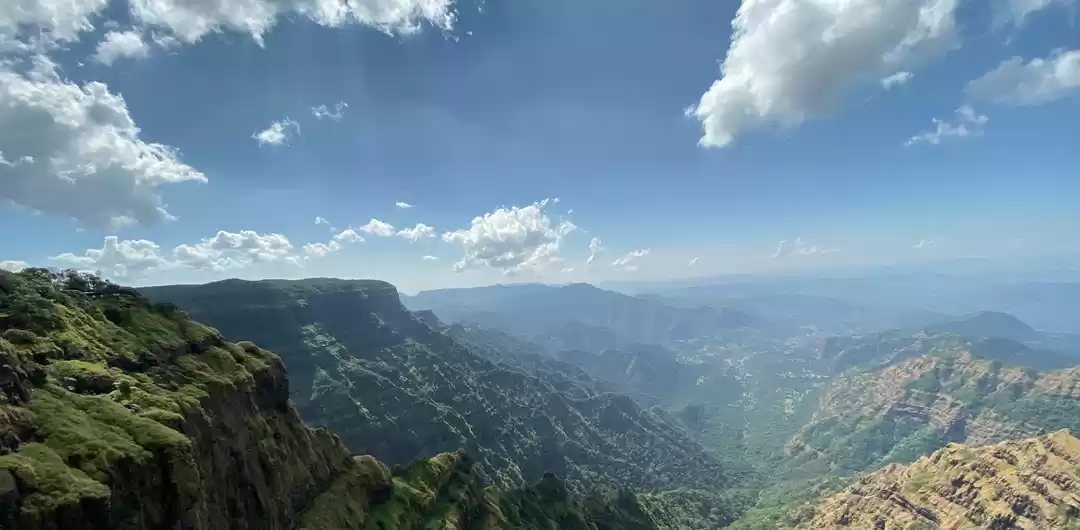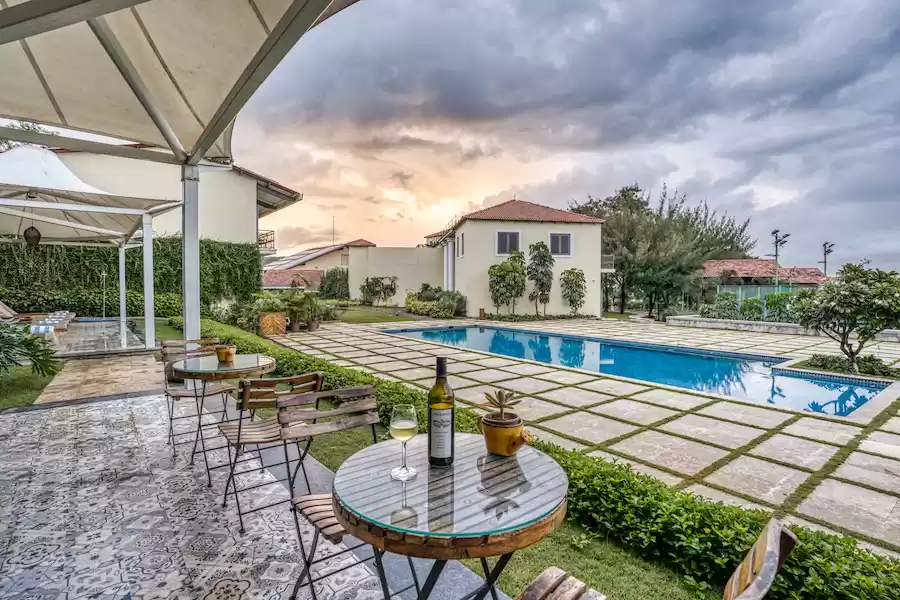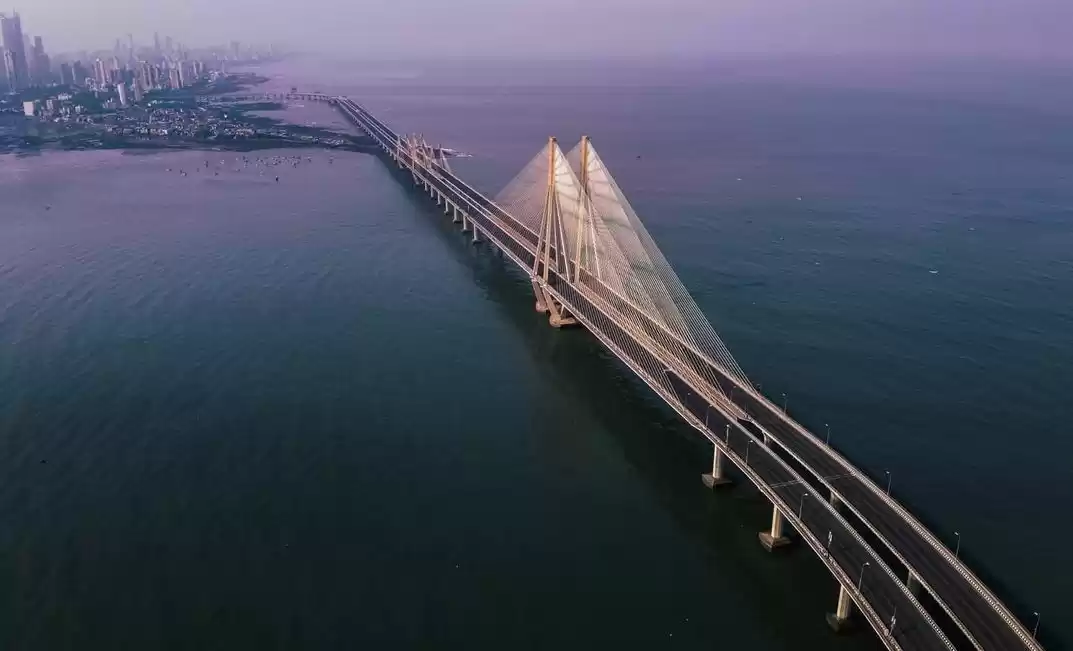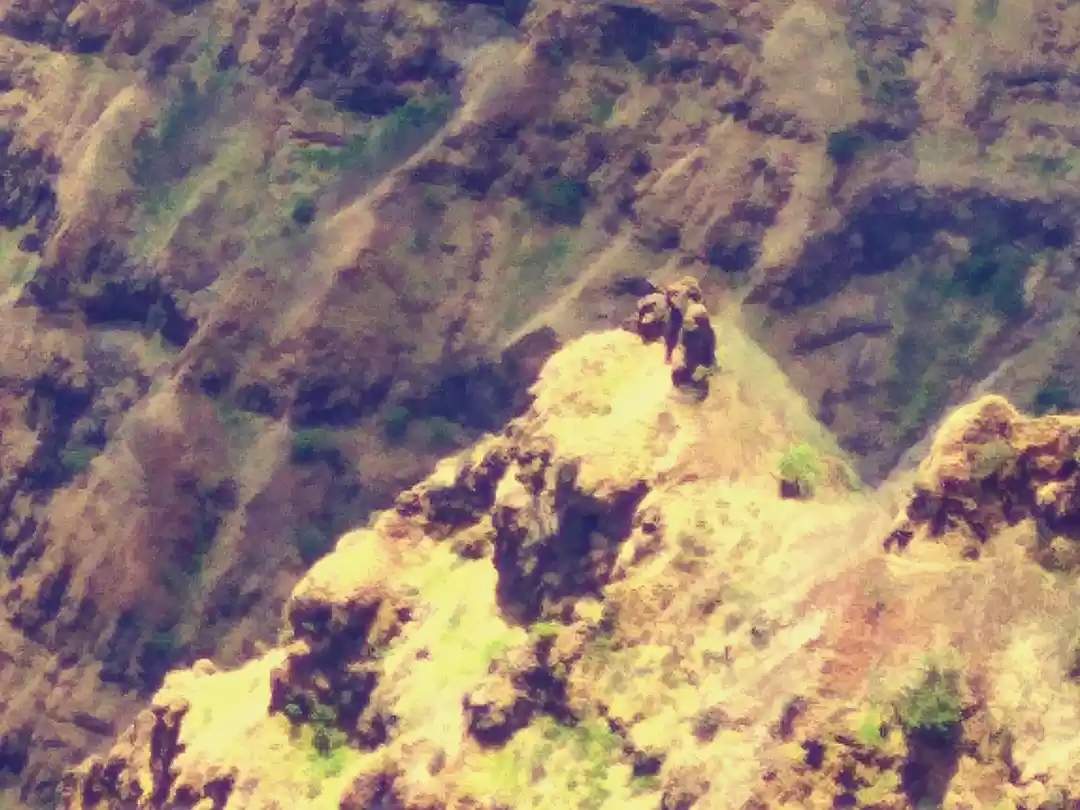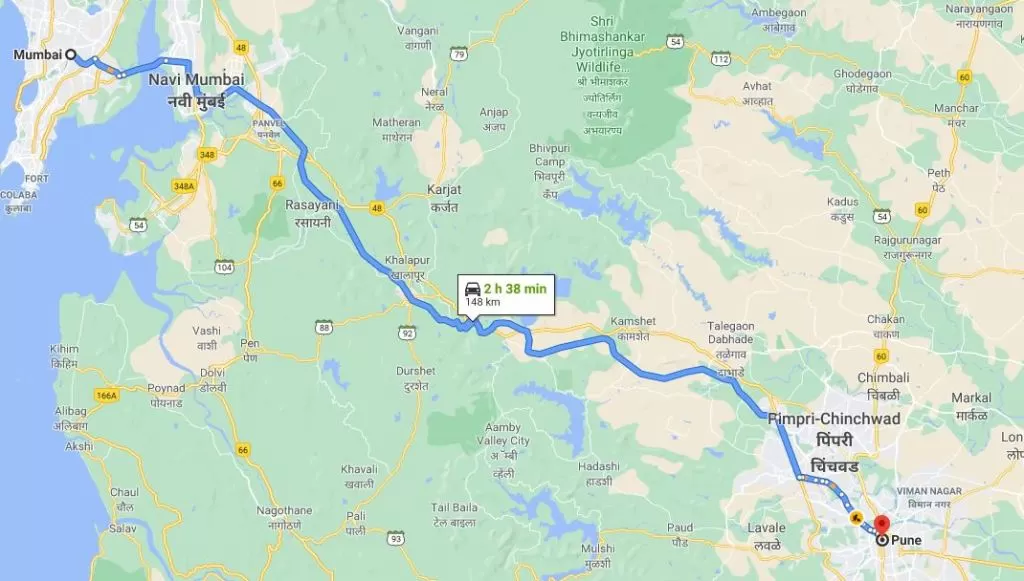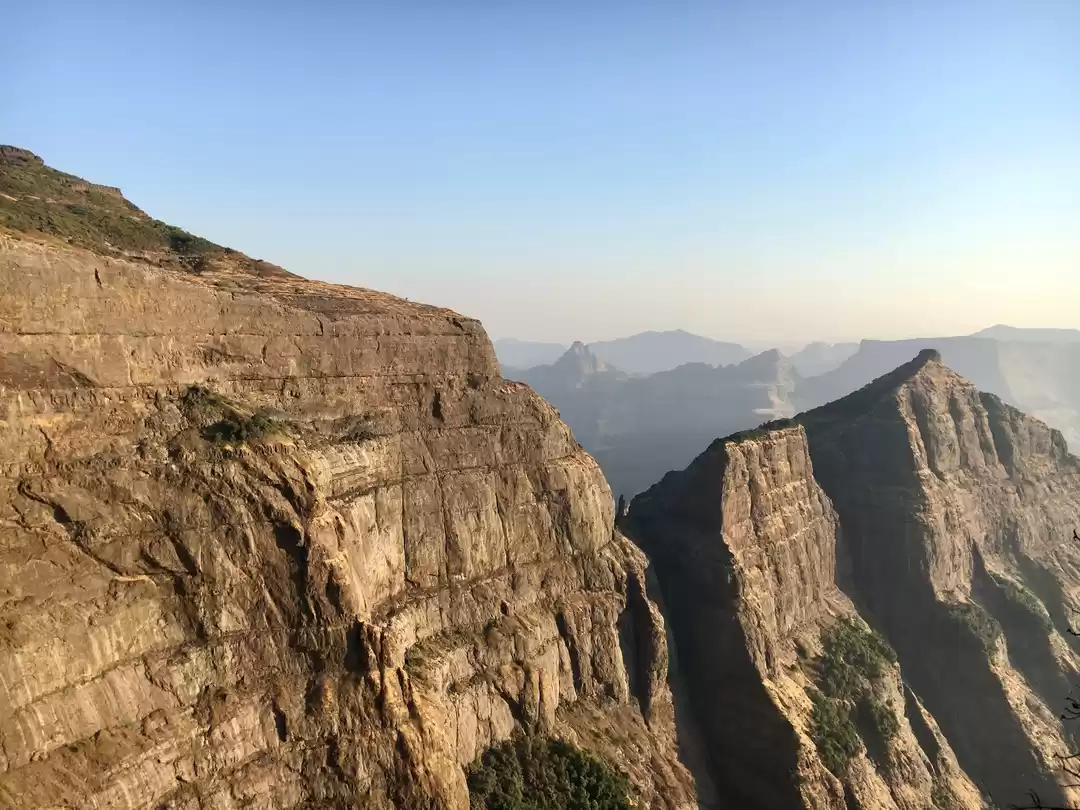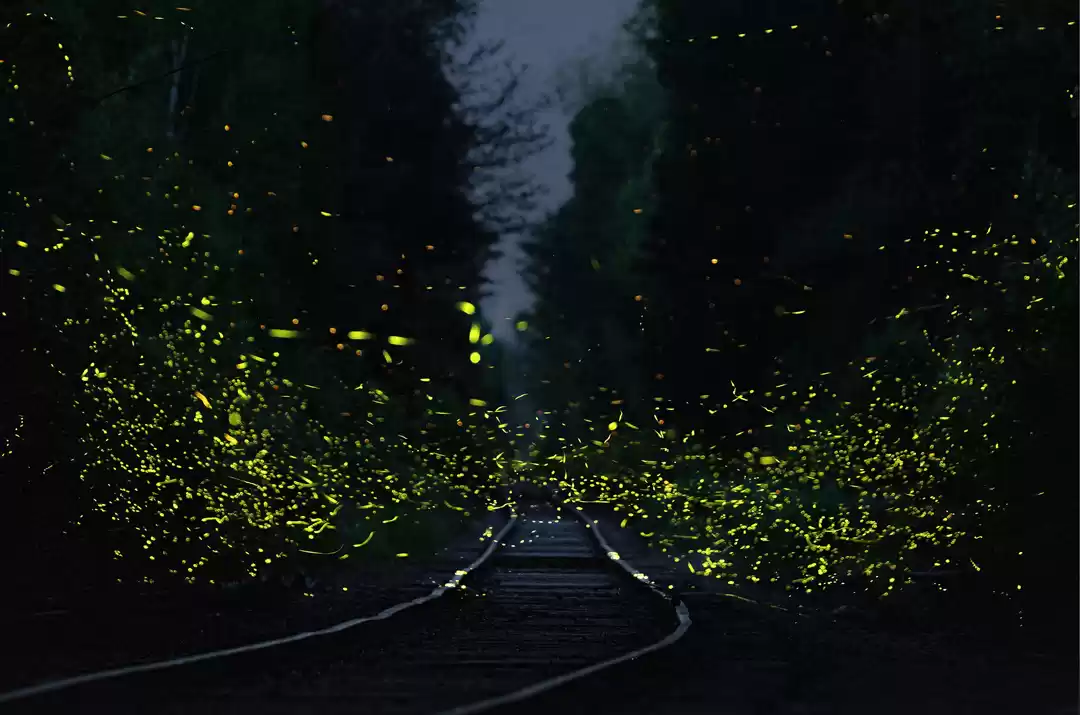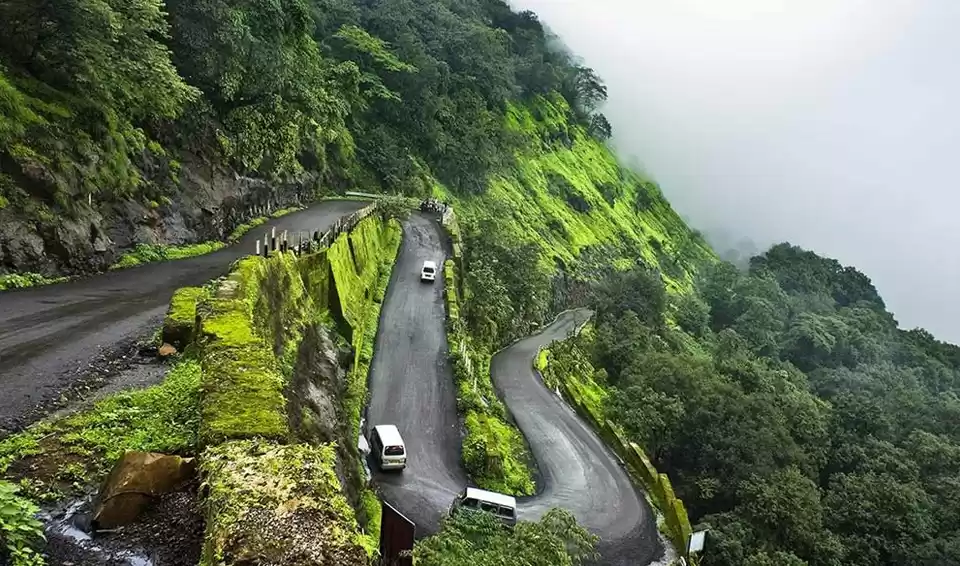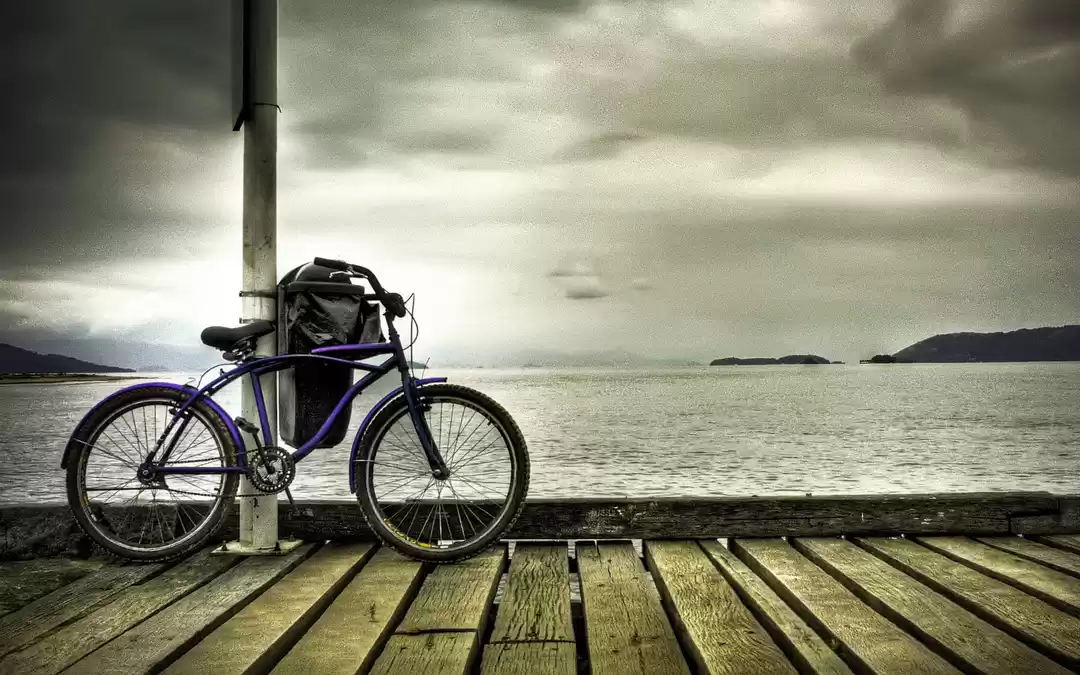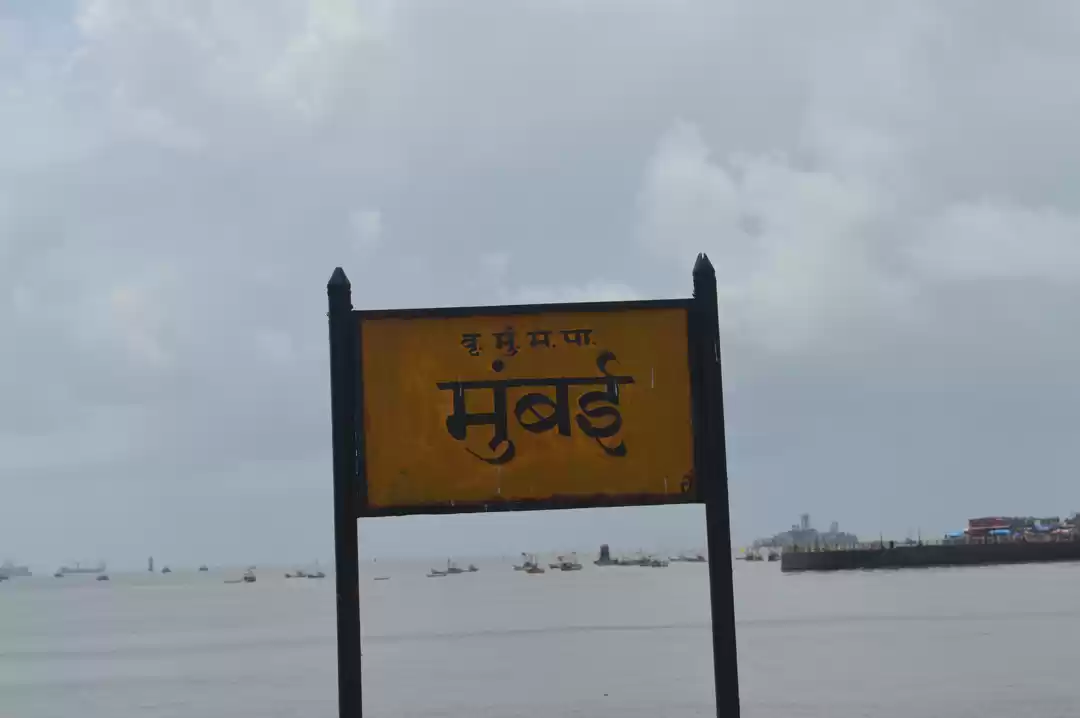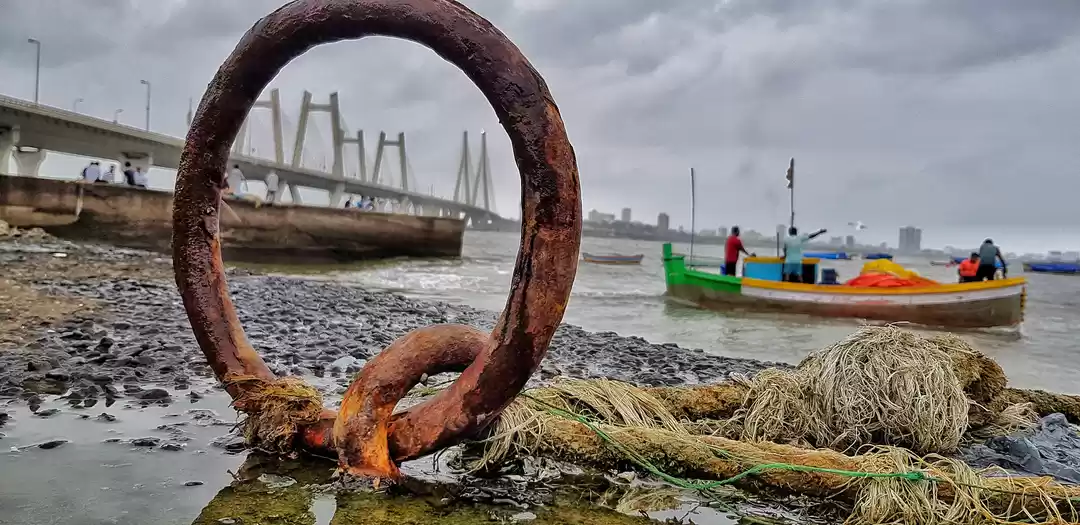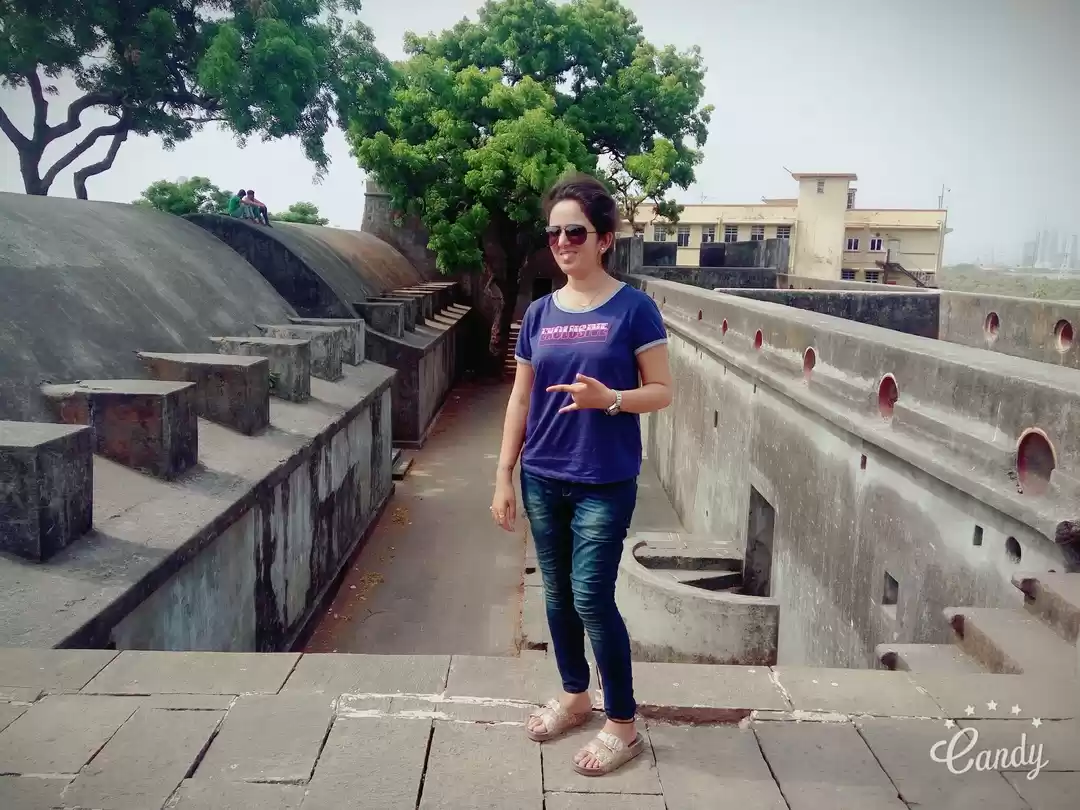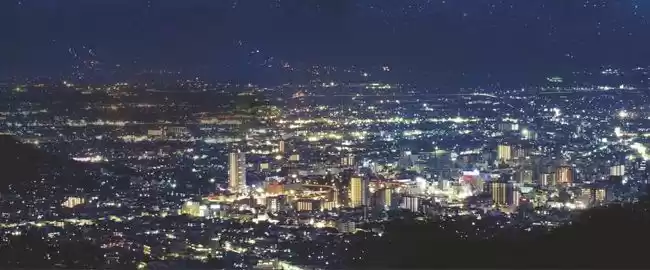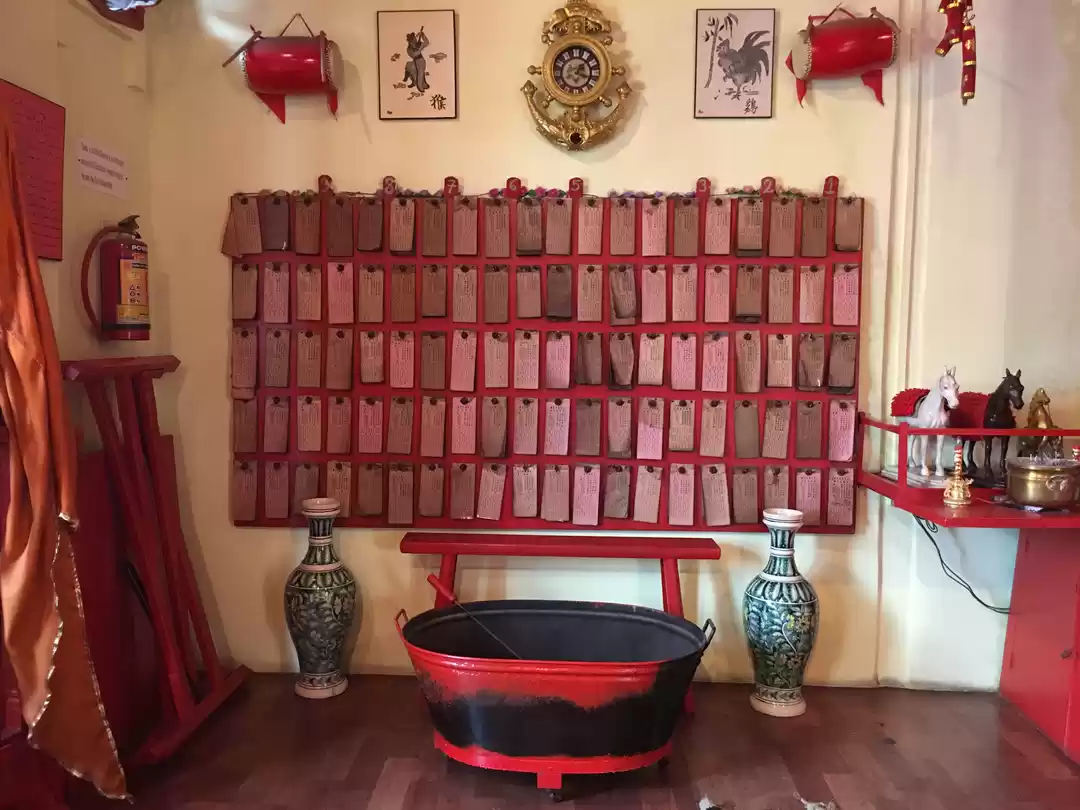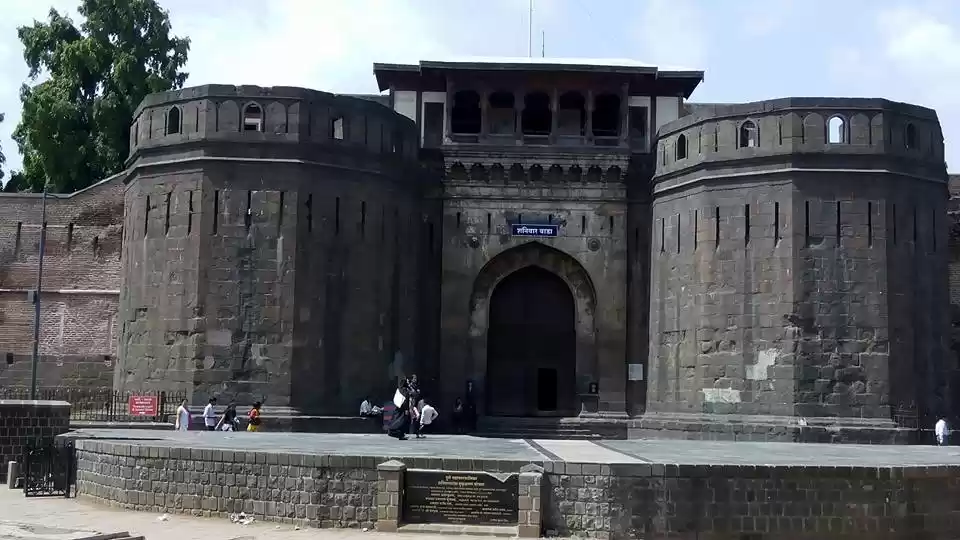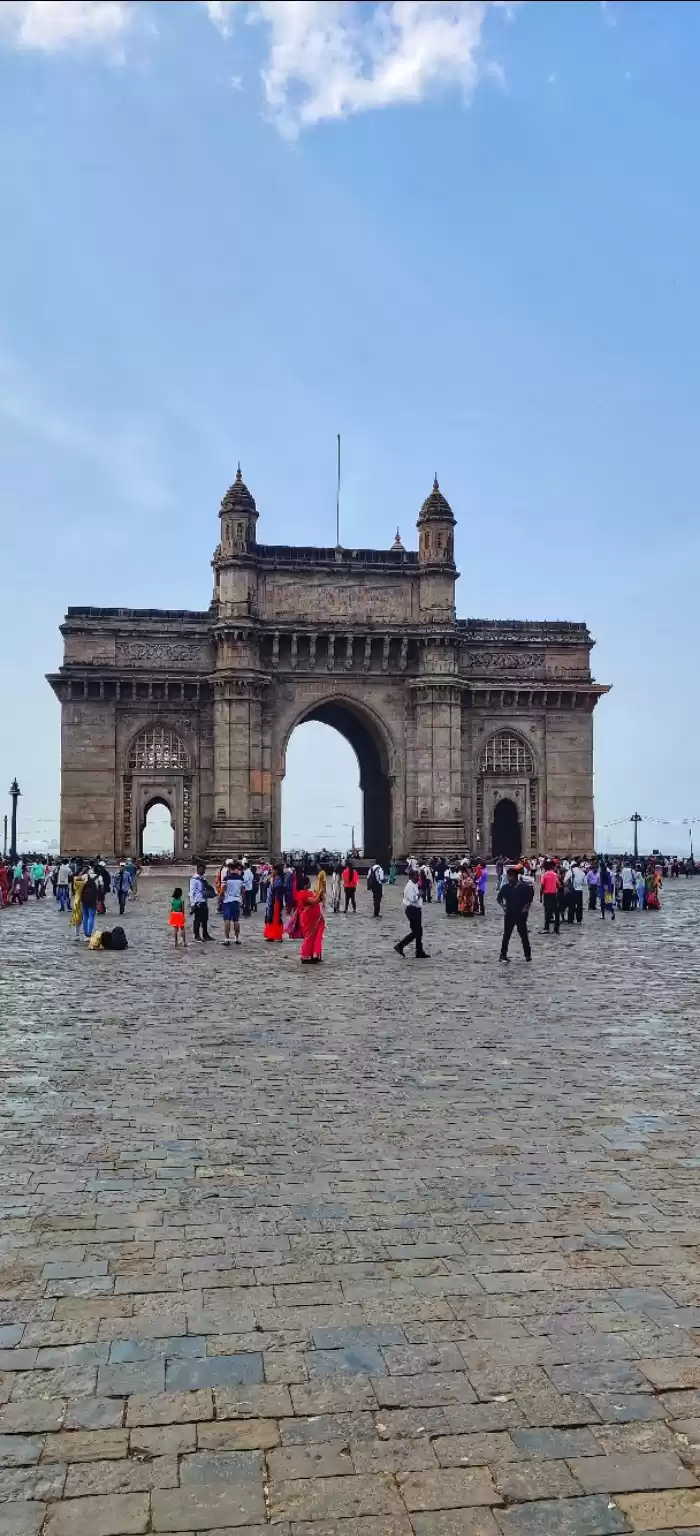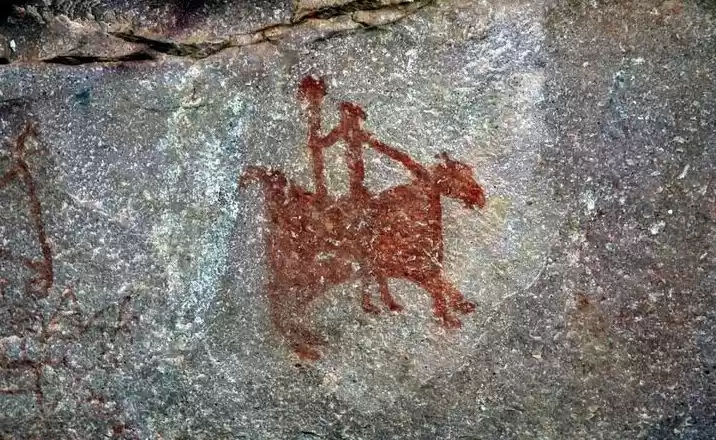









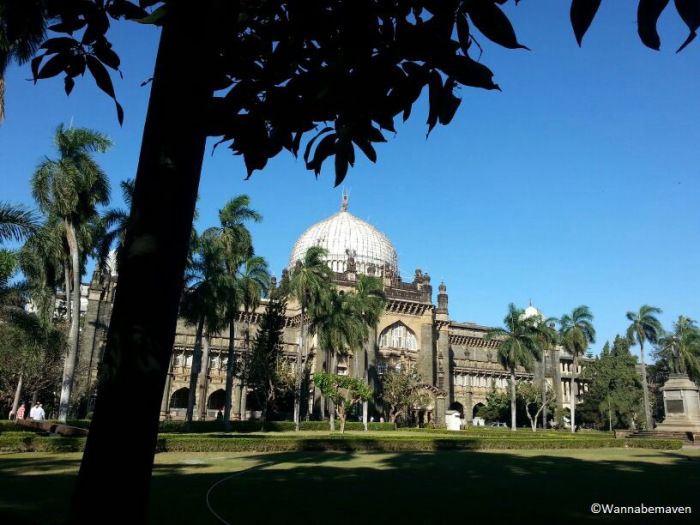




It doesn’t take an expert to know, Mumbai is synonymous with congestion, noise and pollution. And yet in all this chaos, Mumbai has managed to nestle a Butterfly park, popularly known as Maharashtra Nature Park. WWF (India) – a wild life and nature conservation organization, conceived the concept for a nature park way back in 1970. More than two decades later, we have Maharashtra Nature Park. A nature park in Dharavi may seem quite ironical initially considering Dharavi is claimed to be Asia’s biggest slum. But all misconceptions are put to rest once you step into this tranquil place. The outset of your expedition is marked by a warning from the park employee to watch out for snakes while meandering. Take the employee’s word on this, as he is not exaggerating. But this should not deter you in any way from exploring this nature’s bliss. Birds chirping, butterflies hovering and more than 200 species of trees give you the impression of a fairytale. The deeper you venture into the forest, the farther you seem to move from the city chaos. There are trails that help you make your way inside the park. You can walk right uptill the end of the park which marks the beginning of the (shrinking) Mithi river. Early morning sunrise and evening sunset are the best time to be here. The location looks beautiful during the migratory bird season from October to March.

During the 1700′s and the 1800′s era, the British constructed strategically located forts to protect their reign in Mumbai. Very few such forts remain in present times and hence I am determine to explore these forts before they are destroyed due to negligence and lack of maintenance from respective authorities. The Sewri fort was built around 1860 as a watch tower and was also used as a prison for a brief time. Today, the fort is owned by the Maharashtra state department of Archaeology and Museums and ironically (but not surprisingly) the fort is in a neglected and dilapidated state.The ruined monument overlooks the Sewri mudflats and hence serves as a good location to view migratory flamingos that visit these mudflats each year between November and March. Next to the fort, there is also a dargah (muslim place of worship).

Next, we drove towards the Sion fort. This fort was a tad better compared to the non-existent maintenance of the Sewri fort. Yet, it can do a lot better in terms of maintenance. The area around Sion fort has been transformed into a garden mostly flocked by kids and adults for their morning and evening walks. The garden also serves as a study place for students due to its close proximity to some colleges in the vicinity.The Sion fort, again, may have been used as a watch tower during its time. The exterior walls of the fort although in a ruined state, look quite nice (or may be we were not difficult to please after the not-so-good Sewri fort visit). The inside of the fort had damaged and scribbled walls and carried a peculiar stench. A lone canon from that era is among the remnants at the fort. The view atop Sion fort is a typical panoramic city view with open playgrounds and mid rise buildings and skyscrapers on a canvas of blue sky.I would still question the safety at this fort for single travelers (especially women) and hence would recommend to stay away from the fort at dusk and after hours.Located near the Sion railway station, the fort is a landmark in itself that can be reached even on foot. They do not have any special parking space, so if you drive down with your car, you will have to park the vehicle along either side of the road at your own risk.

Nature lovers and those complaining about Mumbai’s congestion have something to rejoice!Sewri – a neighbourhood towards South Mumbai, has a jetty cum dock which is home to thousands of Flamingo’s from November to March. These pink feathered beauties are migratory birds that come from Siberia to the mud flats in Sewri via the Rann of Kutch in Gujarat. They are foraging for food during this period and the mucky location is conducive to them, all thanks to the surrounding mangroves. Each year flamingo’s visit the jetty tucked away in Sewri east, oddly in the company of oil refineries and industrial units. The scenery is a contrasting one with thousands of flamingo’s, mudflats and mangroves on a background of oil and petroleum factory silhouettes. India is home to two types of flamingo’s from a total of 6 recognized around the world – the Greater Flamingo and the Lesser Flamingo. Both types can be seen at the Sewri jetty during the migratory season. Along with flamingos, other birds like the Greater Spotted Eagle, Sandpiper, Heron and Black Bellied Tern are also seen in unison.

Sanjay Gandhi National Park or Borivali National Park is among the most visited parks in Asia. It is said to gather nearly 2 million visitors annually; of course, this could also be attributed to the huge population of Mumbai city alone. Nevertheless, if you claim to be a Mumbaikar or are visiting Mumbai, this place should be ticked off your list. There is a Tiger/Lion safari and a Mini Train ride, the latter covers a 30-40 minute circuit of the park. Both attractions have an additional charge and are not covered under your ticket.These rides are fairly okay with the only problem being that they won’t move until they have a set number of passengers each time. Boating lake is another decent attraction inside the park.

Kanheri Caves is a major attraction inside Borivali National park located 7 km further down. The Buddhist caves date back to 4th century BC and have been very well maintained. The caves look spectacular, although as visitors, we were hungry for more information about the history of Kanheri caves. There was very little information available at the entrance to Kanheri and once at the site the caves are merely numbered. Lack of information makes the viewing very monotonous. Yet, one cannot take away the fact that the caves are beautiful and picturesque. The rock cut caves are sculpted over the cliff and it is an assured breathtaking view during monsoons along with waterfalls and the expanse of the forest.

The Jijamata Udyan popularly, Ranichi Baug is a famous zoo in overcrowded Mumbai. Spread over 48 acres in Byculla, it is one of the oldest zoos in India dating back to 1861. Back then, it was called Victoria Gardens. If British wanted everything to be named after their queen, Mumbaikars today want everything named after Shivaji Maharaj – A Prominent Maratha Ruler. Here again, the zoo has been named after Shivaji’s mother – Jijabai. In the heart of the garden is a statue of Jijabai with her son Shivaji. The zoo although vast is in an unimpressive state. The animals are few and apathetically caged. Among the one’s present, you may enjoy viewing the Monkeys, Hippopotamus, Crocodiles, Deer and Hyena. The white Peacock is another extinct bird still in there. It has to be your very lucky day to spot a lion. But the best view is that of the Elephants. A large piece of land is dedicated to the elephants so they can move freely in an open space. Visitors either stand near the 4ft wall or comfortably sit and enjoy viewing these mammals. Another sight worth a mention is that of the flamingoes caged in the company of other birds. Together they make for a perfect definition of harmony. Just besides the zoo is the Bhau Daji Lad museum formerly, Victoria and Albert Museum. It has been recently refurbished and is a must visit for Art, History and to some extent Architecture lovers.

The Prince of Wales Museum was build by eminent citizens of Mumbai in the 1900’s to commemorate the visit of the Prince of Wales. Much later it was renamed Chhatrapati Shivaji Maharaj Vastu Sangrahalaya. It has been awarded as a Grade I Heritage site by the Government of India. The museum architecture is built in an Indo-Saracenic style favored during the Victorian era of British history. It houses over 50,000 articles of Art, Ancient Civilization and Natural History. The Prince of Wales museum is centrally located in South Mumbai. The museum is a neighbour to the Jehangir Art Gallery and when both visits are combined it makes for an art lovers haven.George Wittet designed this beautiful indo-sarcenic structure. He is the same gentleman who designed the Gateway of India. Most of the art and artifacts housed inside the museum are personal collections of famous Indian industrialists Sir Ratan Dadabhoy Tata and Sir Dorabji Tata.They have an audio guide facility at the Prince of Wales museum which is optional for locals and included in an international visitor pass. The audio guide is a self handled user friendly device and is extremely informative. In my second visit, I availed the audio guide facility. Comparing both my visits, I very strongly recommend every visitor to avail their audio guide facility while navigating through the museum. Without an audio guide, viewing these pieces of art will get very boring and monotonous. You might probably skim through the area or give up viewing the sculptures and artifacts as a whole in the absence of sufficient information.

Gilbert Hill is as old as ‘The Age of the Reptiles’ dating 65 million years. It is made up of black basalt rock columns that were a result of molten lava that got squeezed from the Earth’s clefts. Gilbert Hill is often compared to the Devils Tower in Wyoming and the Devils Postpile National Monument in Eastern California. This also translates that these 3 monuments are the only one of a kind in the world. We tried to find the entrance to climb the hill and reach the Gaondevi Durgamata temple atop when we were informed by a local that the entrance is a separate route, altogether. So, we clicked a few camera shots and headed on our route to reach the entrance gate from where we could climb Gilbert hill.Climbing the steps to Gaondevi temple was a bit underwhelming, as we were expecting more steps to climb. Roads, although not in good shape, but are present leading you almost half way to the hill. This leaves you with very little steps to climb. Once atop, the view is amazing. The expanse of Mumbai suburbs can be seen in a 360 degree view. Buildings, clustered slums, green open grounds, clear blue sky and a sunrise or sunset view (depending on the time of your visit) is what you can expect, positively.

Here is where Mohandas Karamchand Gandhi resided between 1917 – 1934, whenever he was in Bombay (now Mumbai). Many of his historic movements like Non-corporation, Satyagraha, Swadeshi and Khadi movement have been initiated from here. The residence gets its name as the place originally belonged to the Mani family and later to Revashankar Jagjeevan Jhaveri, a friend and host of Gandhi in Bombay during the pre independence era. Mani Bhavan has also been a place of gathering for some key Indian leaders like Pandit Jawaharlal Nehru, Subash Chandra Bose and Khan Abdul Gaffar Khan. The exterior of Mani Bhavan has still been retained; And the moment you step feet in here, you are transferred into the past of India’s most important man. Pictures (mostly black and white) of Gandhi, Baa (his wife) and his friends & colleagues adorn the walls of this tucked away residence.Each level of the 2 storeyed house is beautifully designed to enlighten visitors on the life of Gandhi. On the ground level, there is a reception, some photographs of young Gandhi and a library which houses a plethora of books on law (Gandhi was a lawyer by profession), his biographies and the journey of Indian independence. Often readers and Gandhian followers make themselves comfortable in the library and drown themselves in gaining knowledge about his life and way of living. At the entrance, there is a Karl Marx stone presented to Mani Bhavan by U.S. President Barack Obama and first lady Michelle Obama on their visit in 2010.

Nehru Centre at Worli (Mumbai) is a centre dedicated to Science, Space and Astronomy. Named after India’s first Prime Minister – Pandit Jawaharlal Nehru, the place was set up way back in 1977. Since then, it is a prominent site for knowledge seekers of astronomy and the universe as a whole. The complex also houses an Exhibition hall, Art gallery, Discovery of India, Culture wing and an auditorium apart from the very popular Nehru Planetarium. The centre has been instrumental in conducting many Science quizzes, Contests, Elocutions and Astro quizzes. It is also host to many discussions and lectures among scholars and astronomical professors.There are 4 daily shows at the planetarium in different languages, namely, Hindi, Marathi and English. The English narrative is at 3pm. The entry tickets are reasonably priced at Rs. 55 for adults and Rs. 30 for children (4 to 12 years). The place is generally packed during holidays and summer vacations, so make sure you book at least a day in advance.You are only allowed to enter the planetarium 15 mins prior to the show. This could be a drawback if you turn up early because there is nothing much you can do to kill time except for a small library cum book shop outside. The shop has a decent range of books, charts and puzzles for kids relating to its science theme.

The Global Vipassana Pagoda is an angelic structure constructed as a dedication to Buddha, his teachings and the monks who practice the Vipassana (meditation).
Must read: essel world
It is a replica of the Shwedagon Pagoda in Myanmar which is claimed to be the oldest pagoda in the world. After a planning of 3 years, the construction of the Global Vipassana Pagoda began in the year 2000. The structure is built on a donated piece of land under the guidance of founder Lt. S.N. Goenka. The place was inaugrated by Ex-President Pratibha Patil in February 2009.The Global Vipassana Pagoda holds a world record as the largest hollow stone structure without any pillars. It has a meditation hall, a library, book shop and a small video room which plays clips on the course of making the Pagoda. It also has a painting gallery depicting the life and times of Buddha. The entry to the pagoda is free. They often conduct a 10 day meditation course for which the devotees can enroll free of charge. You are allowed photography except in the Painting gallery and Meditation hall. Unlike some of our ignored monuments, the Pagoda is designed to be visitor friendly housing a Food court, seating places, toilets and parking space which make up for its 11 acres of land. The food court though limited in options provides appetizing vegetarian thalis, juices and snacks at extremely modest prices.

Located in Mira Road (East) – Mumbai, Vardhman Fantasy is a quaint little theme park mainly targeted at kids and youth. It boasts of a boating lake called “Lake Venetia”, a Spanish food court, Vie club and a games section called Viva Las Vegas. It also has a Colo Theatrum (Amphitheater) where often shows are performed plus the space is also available on rent for events and weddings. The most striking feature of Vardhaman Fantasy are the some of the iconic structures from around the world brought together under this theme park. You will see replicas of the Leaning Tower of Pisa, Taj Mahal, Eiffel Tower, Christ the Redeemer, Great Wall of China, Colosseum and Chichen Itza. Along with the structures, bits of trivia is provided about the course of building these world monuments during their time.Vardhman Fantasy is not without its share of flaws. Firstly, the place gets lively only in the evenings or around festival period. During the day, the only living beings your likely to find are college students apparently bunking class, the park staff and some meandering dogs. Since it is an open theme park, the heat during the day is almost unbearable. This even makes boating impossible in the scorching heat. You may find some shade in the food court; and frankly that’s the only good thing about the food court. Although they serve cuisine’s from Chinese to Dosa and also Pastas, the food here is strictly average. In fact, the entire menu is purely vegetarian leaving no options for non-veg visitors.

Brihanmumbai Muncipal Corporation gives cricket enthusiasts a reason to smile. The BMC along with Sahara (An Indian conglomerate) have built in the city of Mumbai a gallery dedicated to the sport of Cricket. The move, although innovative is not surprising in a country where cricket is a religion in itself and many swear by the sport. Located in the largest suburb of Mumbai – Andheri, Sahara Cricket Gaurav Point was launched in January 2012 at the hands of legendary cricketer Sunil Gavaskar. The museum houses memorabilia of prominent cricketers and cricketing events including the historic Indian World cup wins in 1983, 2007 (T20) and 2011. Autographed bats, balls, gloves, stumps, cricketing kits, caps and exclusive photographs are on display at the museum, which is steadily growing into an attraction for Mumbaikars. The location of the gallery especially, comes as a relief for Suburbanites who otherwise always needed to head towards South Mumbai for Galleries, Museums or sightseeing all together. The Sahara Cricket Gaurav Point surpasses expectations in the way it has been designed. Everything from ambience to interiors, conceptualization and its grandeur as a whole is sure to impress the visitor. The entrance to the museum grabs attention with a massive frame on its wall displaying the 2011 Indian cricket team and their world cup winning moment.The gallery creates a life size wax statue of Sachin Tendulkar which in all its glory manages to grab maximum eye balls inside the museum. (Note: I have visited the Madame Tussauds in London and I shall say, this wax replica of Sachin Tendulkar is a tad better than the one in London

The Karnala Fort was an important fort in the Raigad district of Maharashtra. It has been conquered by prominent rulers dating from the 1200′s right until 1818. The Tughlaq rulers, Nizam Shah, Shivaji Maharaj, Aurangzeb, Peshwa’s and the British have all ruled this fort at one point in time. The location of the fort overlooked the Bhor pass which was a main trade route between the Konkan and the Vidharba region during that time.It took us 2 hours with leisure halts to reach the pinnacle where the fort was located. The difficulty level for the trek is easy to medium with forest trails that lead to the fort. So it is not like you make your own route. However, there are a lot of rocks and wild grass that one needs to cross along the journey. Once atop, the view is amazing like most pinnacle views are. Non-trekkers (like me) will feel proud once you reach atop, amazed at the climb you have accomplished. The fort is in a dilapidated state but has some ruins like fort walls and entrance frames indicating its historic existence.The sanctuary is said to be home to more than 100 species of birds including rare ones like Ashi Minivet and 3 toed Kingfisher. We spotted none of it on the trek. What we did get to see are some caged rabbits, sparrows and parrots at the starting point of the journey near the small canteen. The canteen has limited snacking options like bhajjia’s, tea and nimbu paani. We rewarded ourselves with 2 glasses of nimbu paani (each person) after we had finished our trek.

Frequent Searches Leading To This Page:-
weekend trip from mumbai, weekend getaways from mumbai, weekend holidays from mumbai, weekend trip holidays near mumbai, weekend trip near mumbai




